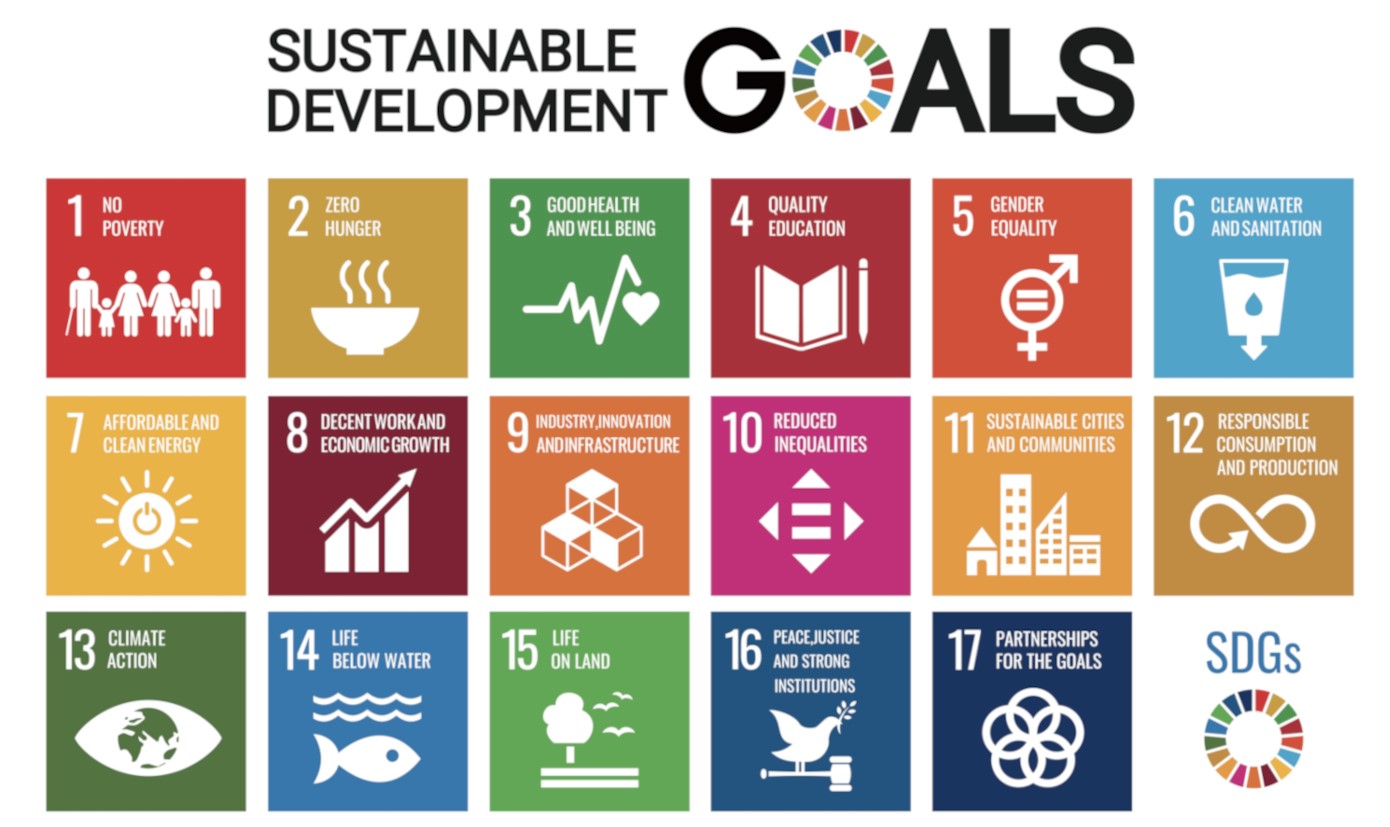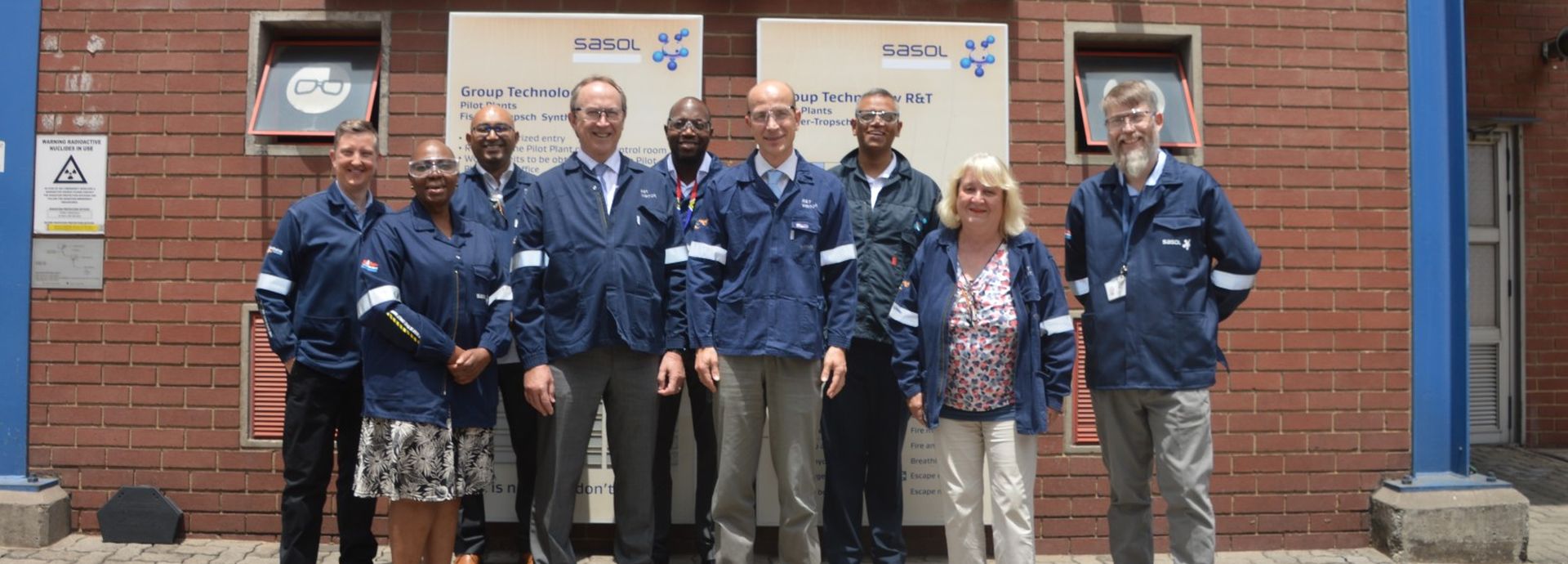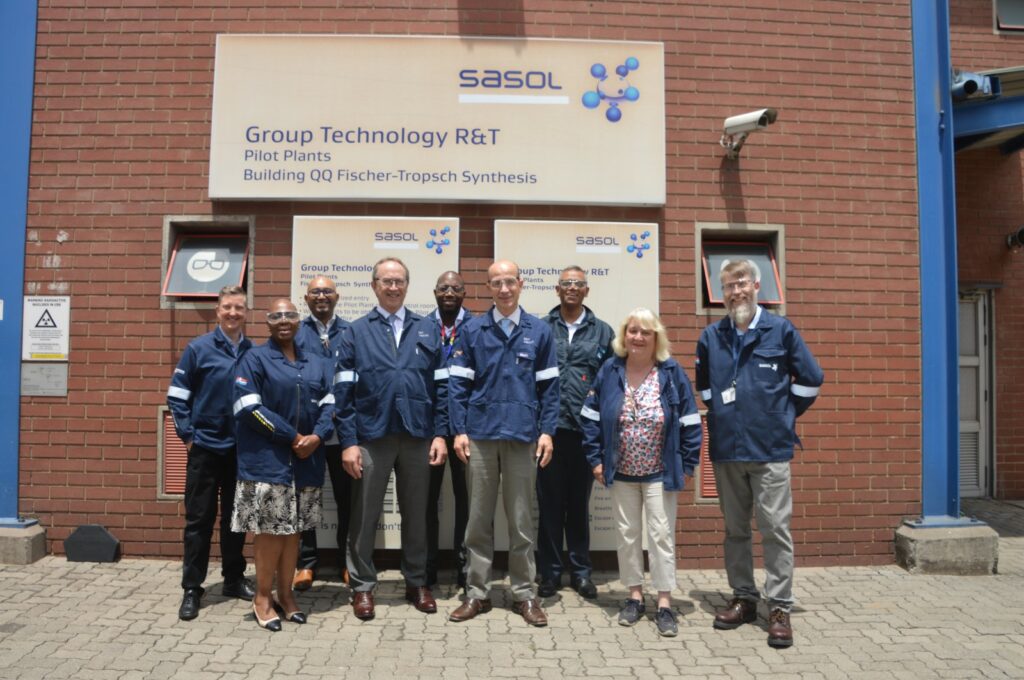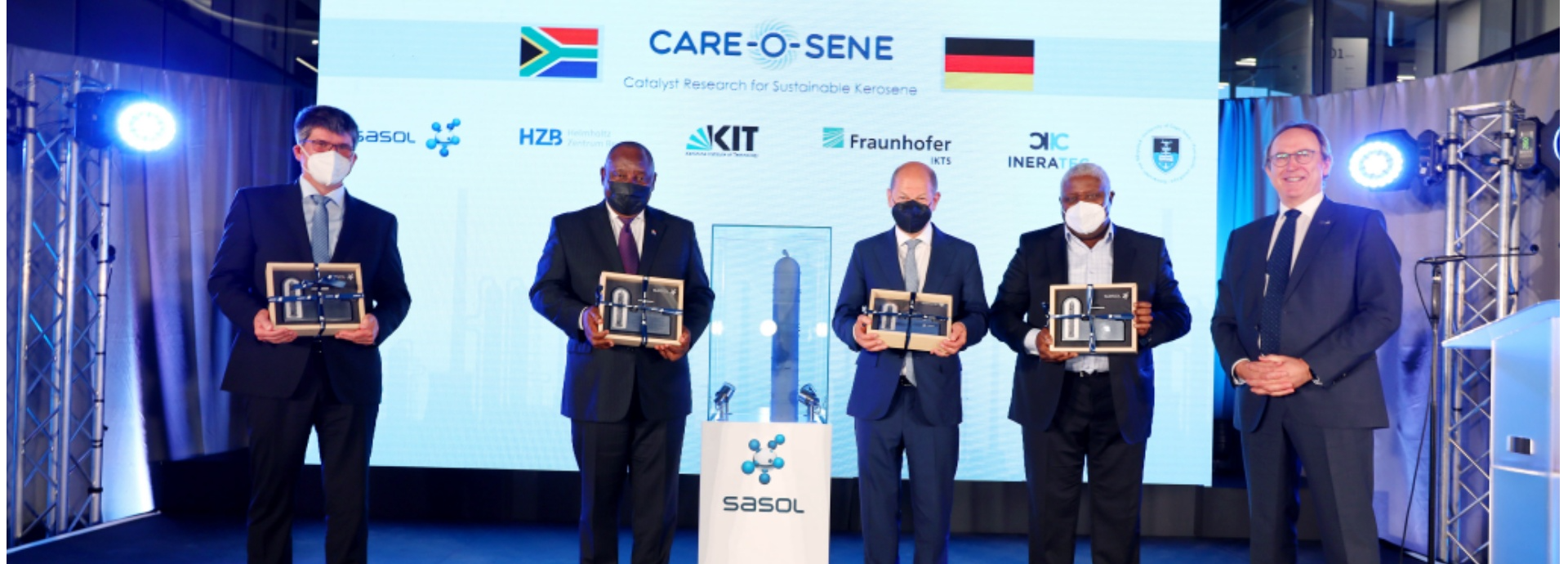“The market itself will push this issue”
Interview with Tobias Sontheimer and Dirk Schär
In the research consortium CARE-O-SENE, scientists are looking for more efficient ways to produce synthetic kerosene for use in aviation. We interviewed Tobias Sontheimer of HZB and Dirk Schär of the participating company Sasol about what has to be done, what obstacles there are, and how aviation can be decarbonised.
Dr. Sontheimer, the project CARE-O-SENE is set to run until 2025. Considering how ambitious the goals are, that’s not really a lot of time, is it?
Tobias Sontheimer: (Laughs) You’re right, it isn’t. But in the current situation, we can’t afford to settle for innovation cycles that will last 10 to 20 years. We need to be on a fast track to success.
What makes you so confident it will be a success?
TS: The consortium was established to bring the market leader in Fischer–Tropsch technology together with world-leading research institutes. At our institute alone, for example, we currently have 40 to 50 people working on this topic – and we are going at full steam.
Dirk Schär: We are working on many tasks simultaneously: there is an analytical component to this project, there are experts who are dealing with sustainability issues, and there are those who are already thinking about how to roll out the technology quickly. These are all individual gears that mesh together precisely. If even one of them were missing, the project wouldn’t succeed.
Fischer–Tropsch technology, which is at the heart of the process, is not exactly new.
DS: That’s true. In fact, our company has been working in this field for seventy years. In South Africa, where our headquarters are, there is a lot of coal, and Fischer–Tropsch technology has long been used to produce liquid fuels from it. “Coal to liquid” is what we call this, and “gas to liquid” then came along later. Now we want to take the next step. Synthetic fuels should no longer be produced from coal or gas, but rather from carbon dioxide, obtained as a by-product of cement production, for example, or extracted directly from the air.
How exactly does it all work?
TS: In Fischer–Tropsch technology, you convert a starting material – coal, gas or, as argued, carbon dioxide – into a synthetic gas. You can then convert this synthetic gas into different raw materials. One example is synthetic kerosene, which is what our project is all about.
DS: The Fischer–Tropsch method is agnostic to the source of carbon, as we like to say. So, you can use all kinds of starting materials. But the process does require a lot of energy.
TS: That is exactly where we come in. A key piece of the process is the catalyst, whose efficiency we want to increase. This’s what we are working on at the synchrotron source BESSY II. We want to gain an understanding of the material properties of the catalyst at the microscopic level.
That sounds rather abstract.
TS: We are X-raying catalysts as they are being used, in operando, so that we can find out exactly how they are involved in the process. This information is crucial, in turn, for developing catalyst materials into something more advanced. We are pursuing many routes and have several materials in view, ranging from one catalyst that is already quite at an advanced developmental stage to another that promises to achieve even greater efficiency, but which still needs a lot of development. One long-term goal could be to move away from powder catalysts, as are currently used, and towards thin-film compositions that require less material. At the same time, we have to ensure that the production technology can be upscaled in principle – so that it can be used on the targeted large scale.
How much of an efficiency gain do you expect for the production of synthetic kerosene?
DS: We are sure that we can achieve a process yield of greater than 80 percent. That is about a 30 percent improvement over the current capacities.
What would such a novel type of kerosene mean for aviation?
DS: Blends already exist, although the fixed quotas of the EU are quite low and focus on other technologies, on biogenic kerosene. But the EU does have a roadmap, in which it envisages that the admixture should increase continuously, and that non-biogenic kerosene should also be added. Just to give an idea: blends of 5 percent are still envisaged for 2030, but towards 2050, 63 percent of blended kerosene ought to be produced synthetically.
Can today’s aircraft already fly on synthetic fuel alone?
TS: Yes, from a purely technical point of view, that’s not a problem at all. But there are regulatory obstacles: currently, only a maximum of five percent is allowed.
The goal on the horizon for many researchers is to decarbonise aviation. Are synthetic fuels just a transitional technology until we have battery-powered electric aircraft or ones with turbines that run on hydrogen?
DS: I guess you’re drawing parallels from road traffic?
Exactly. On roads, combustion engines are seen as obsolete models that are gradually being replaced – predominantly by electric vehicles.
TS: Well, aviation can’t really be compared to that, and the answer depends entirely on the field of application of an aircraft. Whether it’s for long, medium or short-haul flights, for example, or how many passengers it has to carry. And, because of this, there are many simultaneous developments in research, all aimed at sustainable flying, and all of them have their justification. For short-haul flights, there are other means of transport competing with aviation.
DS: A battery for a medium or long-haul flight that can power an aircraft engine would weigh many tons. You would have to fly it back and forth the entire time as dead weight, whereas conventional aircraft become lighter as they fly because the kerosene gets used up. The primary discussion in aviation is not so much about whether we use internal combustion engines or not, but more about the most efficient way of getting an aircraft from point A to point B.
How much does the new synthetic kerosene cost compared to conventional fuel?
DS: It costs several times more at the moment. But that’s no different from many other green technologies, which also have the same problem that they can only become established through predefined quotas. But we are doing research precisely so that we can make production more efficient and thus get the prices to come down.
Let’s take another look at your project. In the target year 2025…
DS: … we want to have developed a catalyst to the point where we can upscale it.
That means the catalyst can’t be used yet?
TS: In our project, we cover the production of everything from just a few micrograms of catalyst material to a full tonne. So that is already a first step towards commercialisation.
DS: But we at Sasol, alone, produce many thousands of tonnes of catalysts per year. The things we are developing in CARE-O-SENE need to be designed in a way that existing production facilities can be adapted to them.
Now that we have looked at the technical and the economic side, what is the situation on the regulatory side? Are they already prepared to approve synthetic kerosene for regular operation?
DS: From what I see, the quotas that the EU stipulates are based on production capacities. There would be no point in stipulating a 30 percent admixture right now if it turns out we won’t have the capacities for it within the next few years. This is precisely why the blending quotas are still quite conservative; they first want to make sure that sufficient production capacities can even be created in Europe. But we are not fazed by that: we can already tell that people will commit voluntarily to blending quotas above those prescribed, and so the market itself will push this issue.
TS: The political situation has also changed dramatically and, with it, people’s view of energy security. Making a substantial contribution towards transforming aviation is our goal. And that is exactly what we are working on.
About the people:
Dirk Schär holds a doctorate in chemistry and works in Hamburg as the Technical Manager Marketing and Sales Catalysts at Sasol Germany GmbH. The petroleum and chemical company Sasol is the second largest industrial enterprise in South Africa, but also operates several plants in Europe, primarily in Germany and Italy.
Tobias Sontheimer heads the Energy and Information Strategy Department at HZB. He holds a doctorate in physics and studied in Aachen and at Harvard University.
CARE-O-SENE
Seven project partners from Germany and South Africa have joined forces in the research project CARE-O-SENE. Their aim is to develop and optimise catalysts used in Fischer–Tropsch (FT) processes. FT catalysts are essential for the large-scale production of sustainable aviation fuels (SAF), such as green kerosene, and optimising these catalysts improves the efficiency of the process. Unlike conventional fossil fuels, SAFs are made from green hydrogen and carbon dioxide. Industries like aviation can therefore benefit significantly from the resulting reduction in greenhouse gas emissions. CARE-O-SENE will be a key enabler of Germany’s National Hydrogen Strategy. The project has a total volume of EUR 40 million and is funded with EUR 30 million by the BMFTR. In addition to HZB, Sasol Limited and Sasol Germany, the Karlsruhe Institute of Technology (KIT), the Fraunhofer Institute for Ceramic Technologies and Systems (IKTS), the University of Cape Town (UCT) and Ineratec GmbH are also involved.









